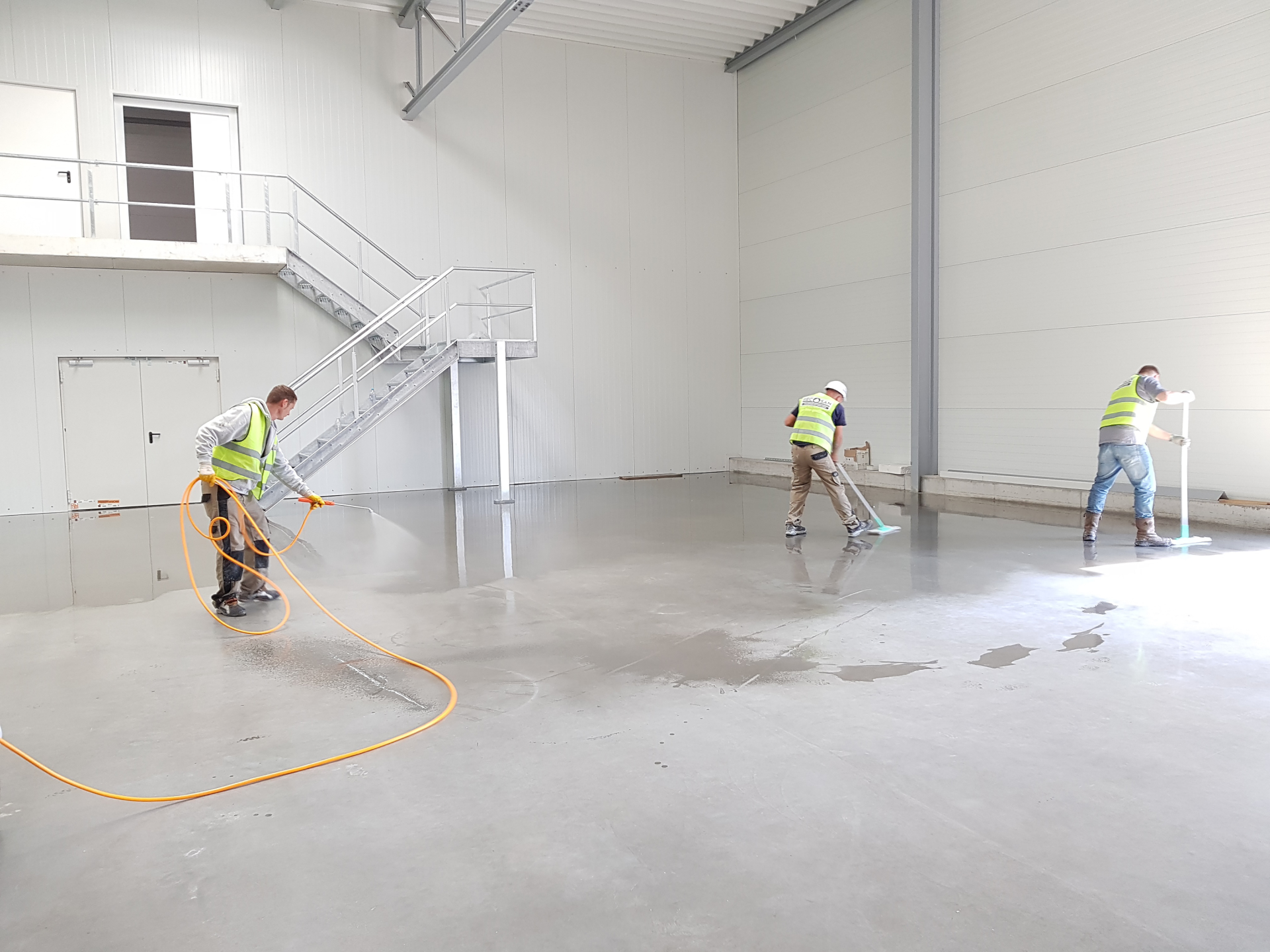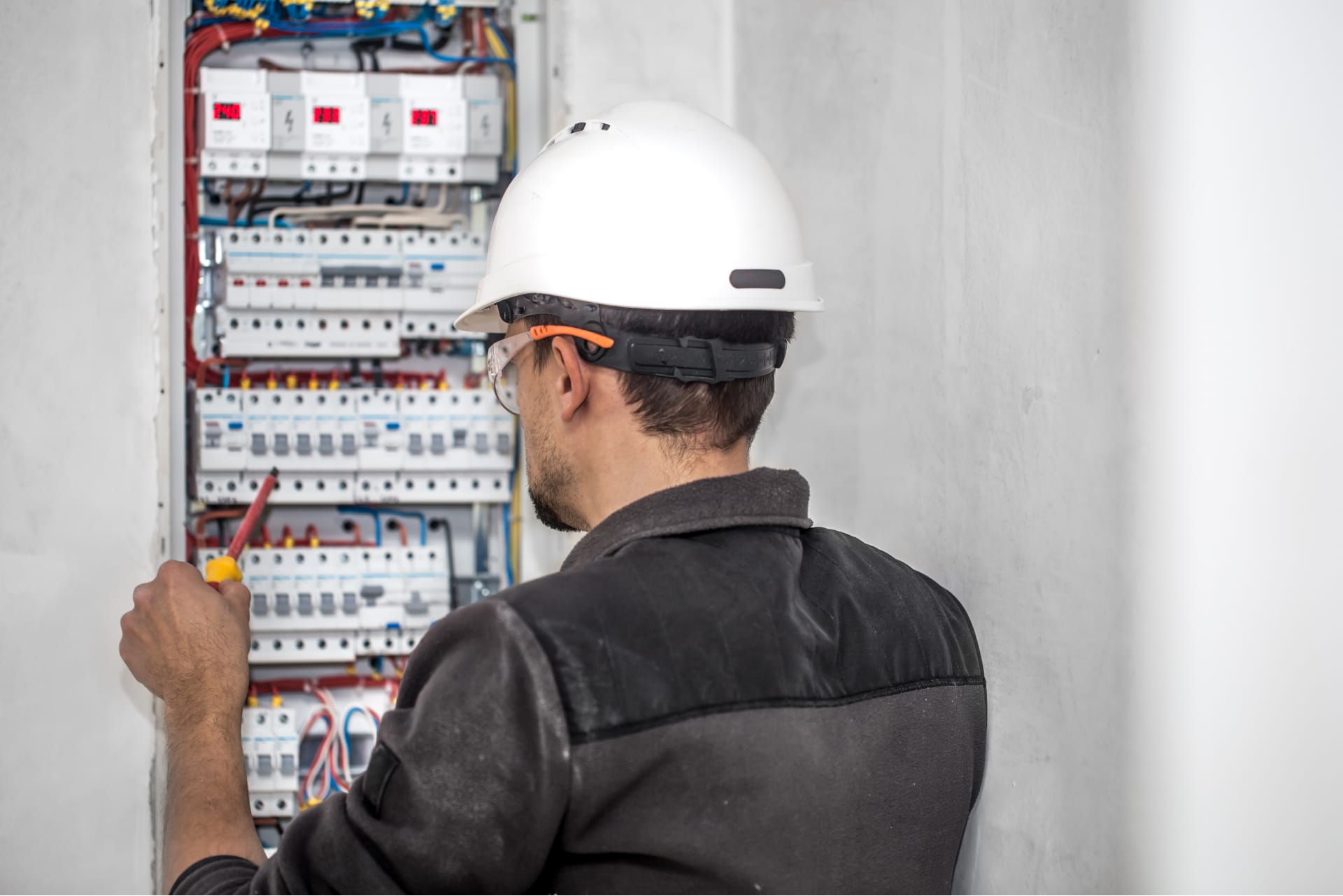Building and Facilities Maintenance: Proactive vs. Reactive
August 21, 2020
Building maintenance is one of the most important aspects of building management, yet many buildings today still largely rely completely on paper management of their as-builts, plans, and electrical assets. The problem with that is you end up falling in the category of reactive management, or last-minute maintenance of your building rather than preventative. Paper records get old, outdated, and can often be hard to read, leaving building operators with gaps between their assumption of the state of their electrical infrastructure and the reality. The reality is most buildings operating on paper are finding themselves reacting to issues as they arise, never really getting in front of the issues. Moving your building from paper to digital management can turn you into a proactive manager of your building.


In order to keep things running smoothly, it’s imperative that maintenance is taken care of on a regular basis. There are two types of building maintenance: planned maintenance and proactive maintenance. Both types are equally as important to maintaining a safe workplace that is OSHA compliant and operates efficiently, but proactive maintenance is generally more cost-efficient, maximizes equipment reliability, and reduces the amount of large-scale repairs and thus costs and excess labor costs.
Let’s break down the pros and cons of each maintenance type:
Proactive Maintenance
Also referred to as scheduled maintenance or preventive maintenance, proactive maintenance is a precautionary system in which maintenance and inspections are scheduled at regular intervals. This type of planning ensures that equipment is operating correctly – minimizing breakdowns and outages – and also helps to reduce the amount and frequency of emergency (and potentially costly) repairs.
Why be proactive with maintenance?
- Extends the useful life of equipment by decreasing the need for premature replacements.
- Increases operating team transparency and accountability.
- Optimizes the equipment’s efficiency and reduces energy costs.
- Leads to fewer machine breakdowns/outages.
- Minimizes disruption to production schedules and output, since planned work can be scheduled during downtime and slower periods of the year.
- Improves budget control as the sourcing of spare parts and labor can be planned and purchased in advance.
- Decreases the amount and frequency of large-scale repairs.
- Improves OSHA compliance with health and safety requirements.
- Increases levels of customer service and satisfaction through continuous, timely, and efficient overall production.
Reactive Maintenance
Also referred to as breakdown maintenance or corrective maintenance, reactive maintenance is essentially a strategy where repairs are performed only when the equipment fails. This is a far more costly approach for any company, due to unplanned production downtime, damaged machinery, and overtime fees. Ideally, this method should only be performed on parts that are inexpensive and easy to replace. For those, there are some benefits to reactive maintenance.
Why building operators are reactive?
- Perceived lower startup cost – when you’re only reacting to a problem, as long as there is a point of contact and the relevant contractors are known to contact, there is very little to actually do before a problem occurs.
- Limited personnel requirement. Due to the reduced planning, management and organization time involved with reactive maintenance, the approach requires fewer staff to manage a portfolio or client.
- Reduced maintenance costs – a reactive maintenance approach sits inline with a ‘run until it fails’ concept, where equipment is used as much as possible without spending any further money that its cost price. Usually, temporary repairs or quick fixes are made in order to reduce ongoing maintenance costs and spend only when necessary.
WHY DOES REACTIVE FACILITY MAINTENANCE COST YOU MORE?
- Unpredictability – the perception of lower cost is often eclipsed by the extreme cost unpredictability creates when a building operator is left to react to building failures only when they happen. The cost to fix something when it’s too late is always higher.
- Shortened equipment lifespans – rather than preserve the equipment and ensure it’s running in tip-top condition, a reactive maintenance approach does the bare minimum to keep equipment operational. This results in complete lack of equipment optimization, costing you replacement dollars sooner than it should.
- Indirect costs may arise along the way due to a lack of proper equipment care. It’s not uncommon for building operators to spend 100s of electrical contractor hours a year, costing thousands of dollars, doing redundant work in their buildings that could have been avoided.
Start the transition of your building’s reactive maintenance to a proactive one and start reaping the time, cost, and effort savings. A good way to start the transition to a proactive building maintenance routine is by utilizing CriticalAsset to visualize and manage your building infrastructure, establish QR codes for all your technical assets, and configure maintenance scheduling. Our software can help you easily identify which maintenance needs to be scheduled and when, set reminders, and assign maintenance tasks to employees.
Maintenance costs are a necessary expense for any building or Facility Manager, but a proactive maintenance schedule can help you better plan, reduce, and account for those costs. Proactive maintenance also extends the life of your assets, increases their total lifetime value, and minimizes the occurrence of major repairs or catastrophic shutdowns.

CriticalAsset eliminates the hassles of facilities asset management, allowing you to effortlessly manage and track all your infrastructure assets and devices in one place, saving you time and money. Sign up for a free trial.



